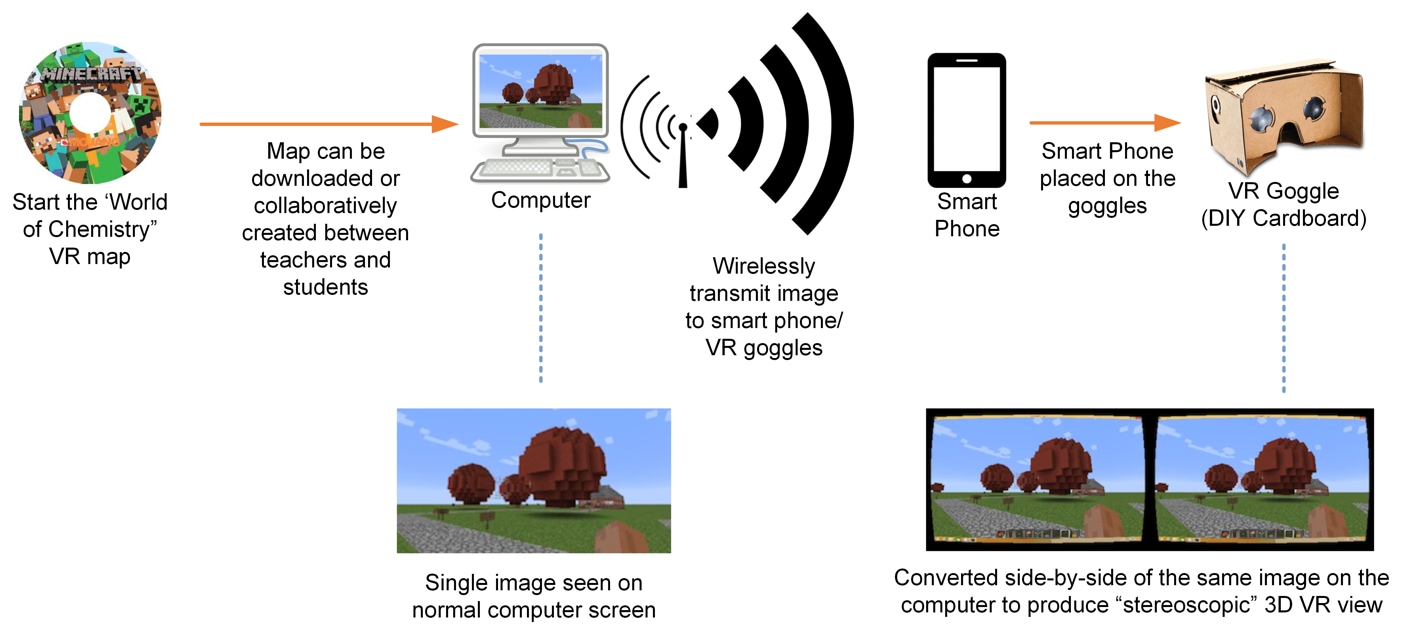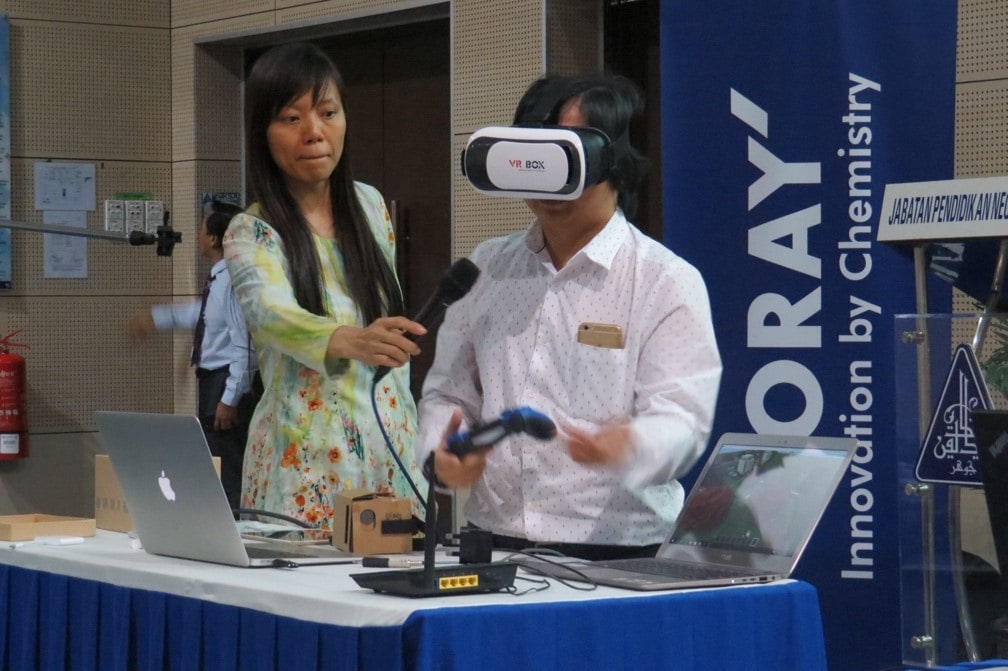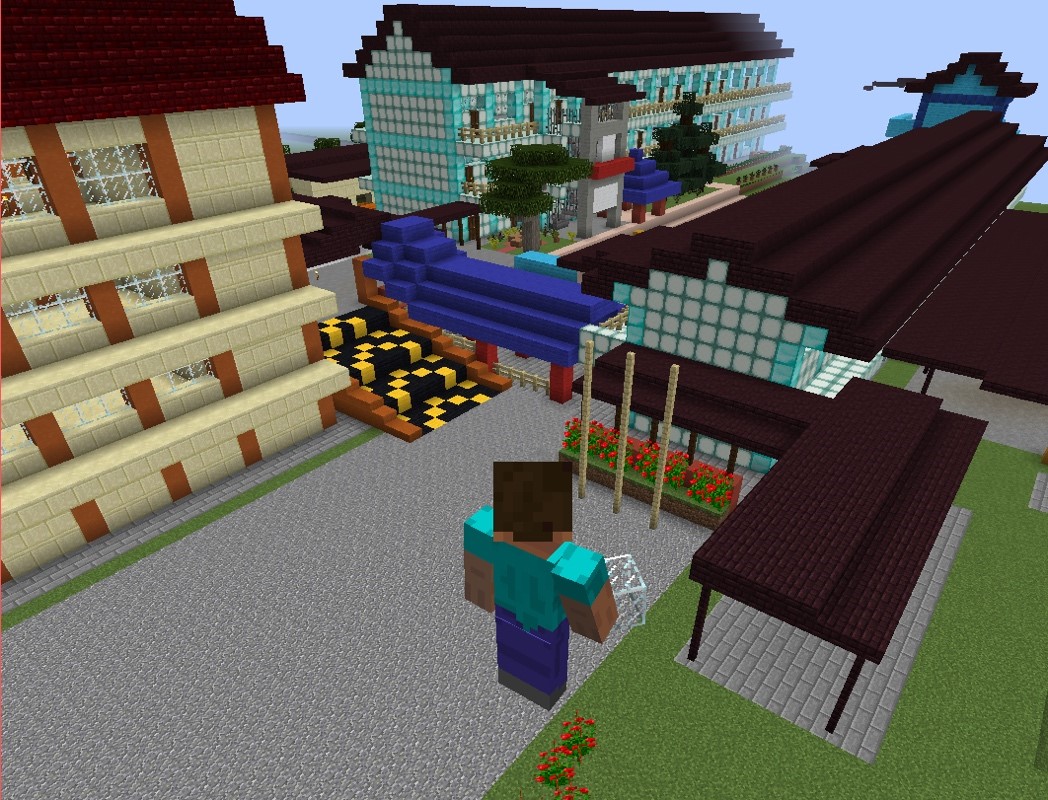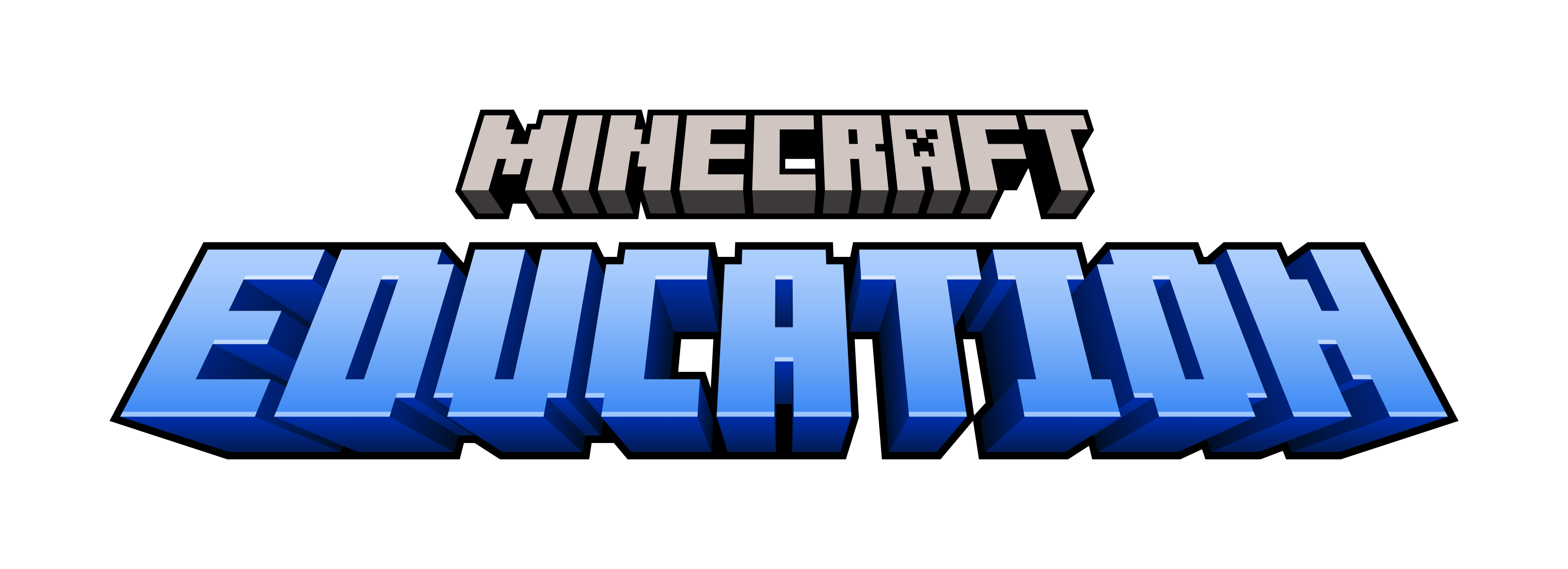Minecraft: Is it Truly a Global Education Phenomenon? A Malaysian and Asian Perspective

The use of Minecraft in Education is often touted as the phenomenon sweeping educators all around the world. Every now and then, statistics of the rapid acceleration of Minecraft adoption in education are reported in the media. However, they are often from developed nations such as the United States, the United Kingdom, Canada and Australia. The question is, “is this phenomenon transforming education in a developing nation such as Malaysia?”. This Minecraft Education blog post chronicles my quest in introducing Minecraft to educators around Malaysia over the past 12 months. The Initial Spark that Ignited the Movement to Use Minecraft for Chemistry Education In the year 2014, Minecraft was not yet the phenomenon in education, it was more of a gaming behemoth. It was then when I crashed into the Minecraft party belatedly, jumping only on board the bandwagon as a casual player on both the PC and mobile platforms. I started off in Survival Mode, but found myself gravitating towards the Creative mode exclusively thereafter. In late 2015, I encountered a very inspiring project from the University of Hull (UK) called MolCraft. The Royal Society of Chemistry-funded project led by Mark Lorch and Joel Mills made the previously daunting biochemistry molecular structures fun and interesting. From there, I saw the potential of using Minecraft in Education, to encourage intrinsic motivations in learning chemistry. I started developing a series of maps called “World of Chemistry” with my collaborators, with the intention to encourage Malaysian (and all) students to love chemistry (see Figure 1). In the maps, students are able to explore “Atoms and Molecules” both conceptually and in an immersive manner. Telepresence Learning of Chemistry Using Minecraft in Virtual Reality The work was further expanded to include Virtual Reality. The difference here is doing it at a very low cost by merging cheap VR goggles with ubiquitous devices such as mobile phones and laptops (see Figure 2). The pilot study was deployed in a high school, SMK Dato’ Jaafar (SDJ) to induce the love of chemistry among Years 9 and 10 students. The pilot programme was a big hit with the students. Students absolutely loved the “telepresence education”. In their own words, they did not feel like they are “playing” a game, instead they are “transported” into the World of Chemistry.

Like the engineer that I am, “developing” the learning technology is the easy part. It was the “marketing” of it that is difficult. So, I decided that the fastest way to gain exposure would be to compete in the country’s leading science education award from the Malaysia TORAY Science Foundation (MTSF). Here, I collaborated with the high school chemistry teacher from SDJ, Ms Isabelle Wong to further develop the Minecraft world to be in line with the Malaysian education syllabus. We proceeded to form a special interest group in Minecraft education, under a tripartite relationship with additional members from a local university, Dr C.T. Chong and Dr W.W.F Chong. This combination ended up winning a prestigious education award “MTSF Science Education Award 2016”, which went through the scrutiny of an examination board consisting of the top educators and scientists in Malaysia. Advocating the Use of Minecraft in Education The exposure obtained from winning the award and being the only Minecraft Global Mentor in Malaysia, had led to invitations to share our experience on using Minecraft for Chemistry education. The largest platform we had was a high-profile event jointly organised by MTSF and the Johor State Education Department in January 2017, where we encouraged 180 science teachers from 47 high schools to use Minecraft for education purposes (see Figure 3). We asked the teachers if any of them knew Minecraft. While many knew about Minecraft, not many have tried it. Ultimately, the responses from the teachers were enthusiastic and the Minecraft world that we uploaded were heavily downloaded.

Minecraft Projects - The Engineering Way Taking a leaf from Lorch and Mills’ Molcraft, I also gathered own students and we embarked on our own journey of building a exact ratio model of the aforementioned high school. For that, we did what a group of engineers would do. We used Google Map to define the outline and perimeters of the school, then visited the school to take 25 videos and 335 photos. In the process, a total of 193,821 blocks were placed to accurately replicate seven school buildings in a span of just eight days (see Figure 4). This is akin to putting down a block every four seconds non-stop for eight days. This is impressive considering that they are built on top of their normal coursework.

Upon completion of the project, I realised that beyond my pedagogical input on the syllabus and “design briefs”, the students practically own the project. With minimal intervention, they collaboratively built their world from the comforts of their home, communicating using modern technology such as Slack, Skype and even in-game chat. One of the undergraduate students involved in the project, Chung Kwan Lai said “I really like Minecraft not because of the gameplay itself, but the fact that we can use Minecraft to build everything within our imagination. Plus, the vibrant pixelated colours in Minecraft can also attract younger students, making them interested in the world that we built.” Upon completion of the project, my student Sean Jia Sheng Ng went back to the high school and gave probably the world’s first large-scale Minecraft in Education presentation in the Malay language, to an audience of 800 (see Figure 5). The audience were screaming and applauding when they saw their school faithfully replicated with digital bricks (see Figure 6). The resemblance was uncanny as they said. The audience immediately felt kinship with the project and were very interested to test out Minecraft for chemistry learning.

Royal Society of Chemistry Twitter Poster Conference 2017 We decided to see for ourselves if Minecraft for use in education would really make its mark by submitting into a research poster conference on Twitter (see Figure 7). We were pleasantly surprised when we were getting retweets after retweets. Well wishes after well wishes. Eventually, this led us to winning the Audience Award from the Royal Society of Chemistry. This completes my loop of being inspired by a Royal Society of Chemistry-supported project, and eventually winning a prize from the same esteemed organisation. Additionally, I also am also one of the Minecraft Global Mentor alongside Joel Mills, the co-creator of Molcraft whom inspired my work. It also meant a lot to me the other co-creator of Molcraft, Prof Mark Lorch also reached out through social media during the event. Challenges Ahead - Localisation It should be noted that the national language in Malaysia is the Malay language. Thus, we aim to make further inroads by producing Minecraft chemistry education contents in dual-language of English and Malay. The localisation of the contents will usher in more users, especially younger children. We are already in the process of adding in more contents over this summer with chemistry experiments such as purification methods, chemical bonding, salt preparation, the periodic table and making polymers. I have truly understood the real power of collaborative learning and producing teaching materials with students. This can be achieved using Minecraft, with the Minecraft: Education Edition being the obvious long-term choice. I wish to see a future where Minecraft is widely use as an alternative learning technology in Malaysian classrooms. I hope that by the time I write my second post, I could truly say that Malaysia has been swept by the Minecraft Education phenomenon. Profile: Dr JO-HAN NG is a trained mechanical engineer who is currently an Assistant Professor at the University of Southampton Malaysia Campus in Johor Darul Takzim, Malaysia. He has great passion in promoting STEM education particularly to youths in Malaysia. This led him to use Minecraft as a platform to collaborate with a local high school and universities, to work on a project titled "Atoms and Molecules: Virtual Reality in a Box". The project won accolades from the MTSF TORAY Science Education Award in December 2016 and also Royal Society of Chemistry (UK) Twitter Poster Conference 2017 Audience Award. He hopes to champion the use of Minecraft to promote STEM education in Malaysia (and South East Asia) through his role as a Minecraft Global Mentor. He can be found on Twitter @jo_usmc.
The post Minecraft: Is it Truly a Global Education Phenomenon? A Malaysian and Asian Perspective appeared first on Minecraft: Education Edition.


